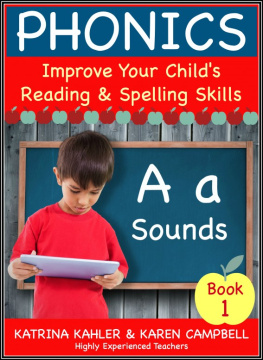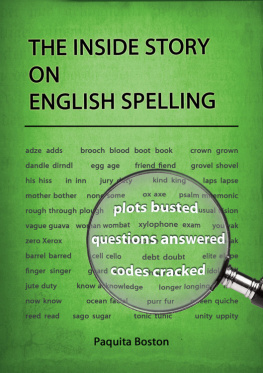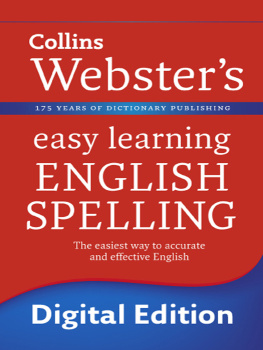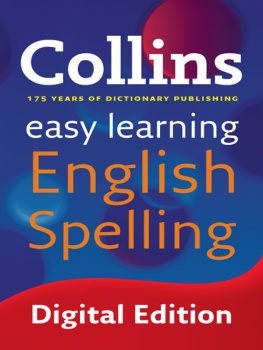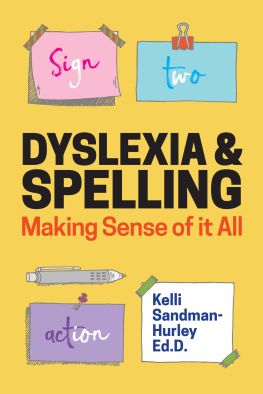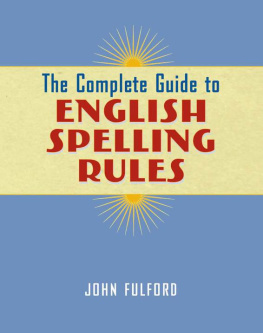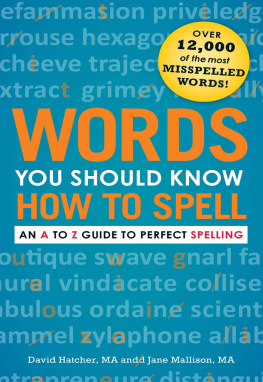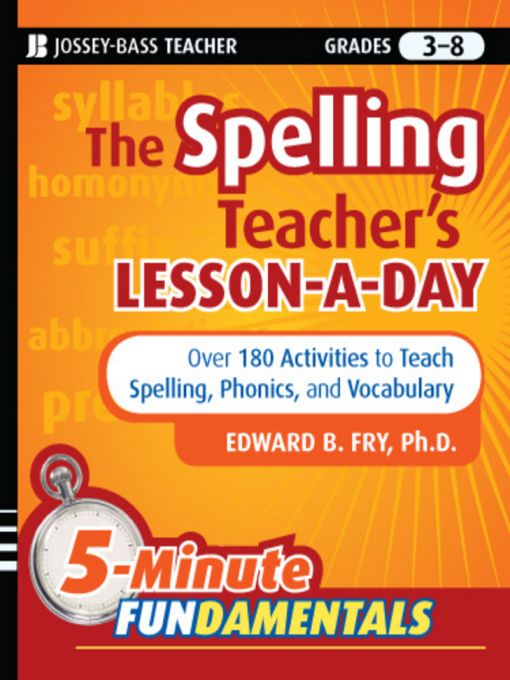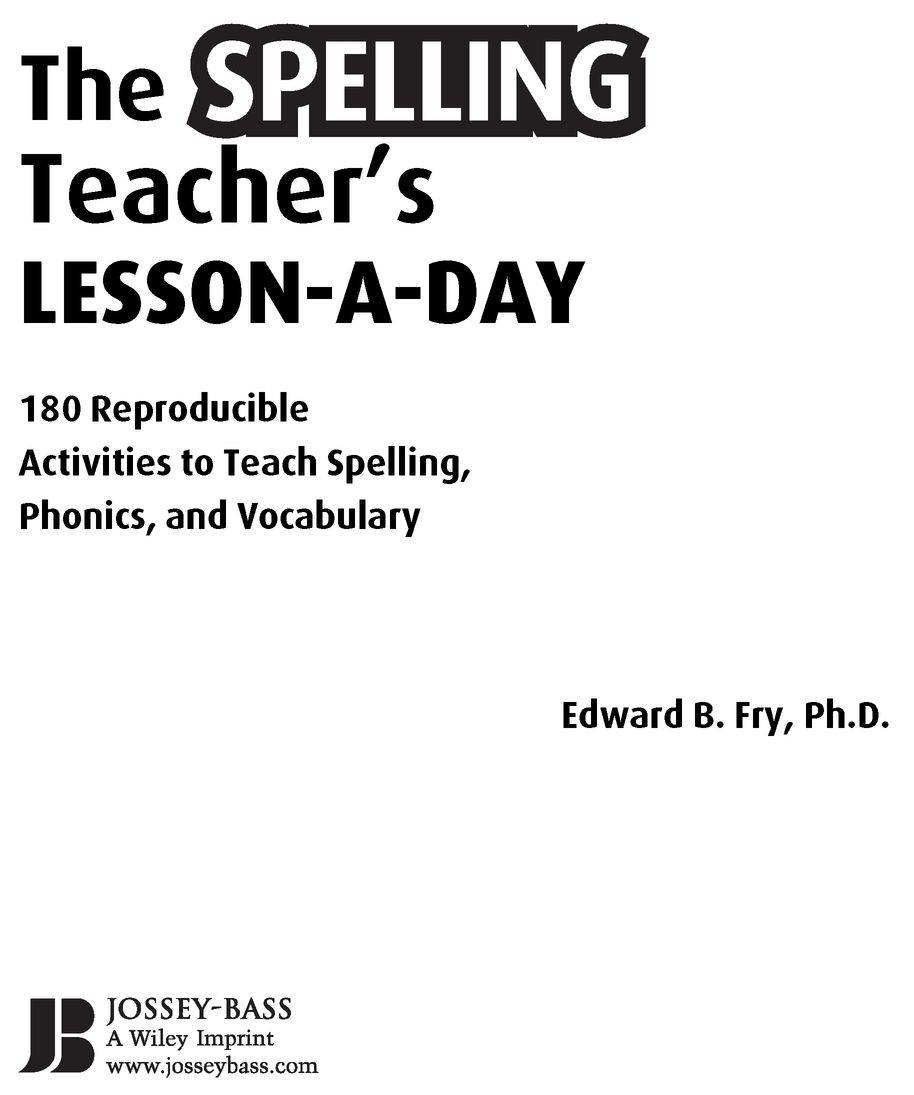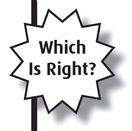Table of Contents
JOSSEY-BASS TEACHER
Jossey-Bass Teacher provides educators with practical knowledge and tools to create a positive and lifelong impact on student learning. We offer classroom-tested and research-based teaching resources for a variety of grade levels and subject areas. Whether you are an aspiring, new, or veteran teacher, we want to help you make every teaching day your best.
From ready-to-use classroom activities to the latest teaching framework, our value-packed books provide insightful, practical, and comprehensive materials on the topics that matter most to K-12 teachers. We hope to become your trusted source for the best ideas from the most experienced and respected experts in the field.
Titles in the Jossey-Bass Education
5-Minute FUNdamentalsSeries
THE MATH TEACHERS PROBLEM-A-DAY, GRADES 4-8
Over 180 Reproducible Pages of Quick Skill Builders
Judith A. Muschla, Gary Robert Muschla ISBN 978-0-7879-9764-9
THE READING TEACHERS WORD-A-DAY
180 Ready-to-Use Lessons to Expand Vocabulary, Teach
Roots, and Prepare for Standardized Tests
Edward B. Fry, Ph.D. ISBN 978-0-7879-9695-6
THE WRITING TEACHERS LESSON-A-DAY
180 Reproducible Prompts and Quick-Writes for
the Secondary Classroom
Mary Ellen Ledbetter ISBN 978-0-470-46132-7
THE SPELLING TEACHERS LESSON-A-DAY
180 Reproducible Activities to Teach Spelling, Phonics,
and Vocabulary
Edward B. Fry, Ph.D. ISBN 978-0-470-42980-8
THE GRAMMAR TEACHERS ACTIVITY-A-DAY, GRADES 5-12
Over 180 Ready-to-Use Lessons to Teach Grammar
and Usage
Jack Umstatter ISBN 978-0-470-54315-3
THE ALGEBRA TEACHERS ACTIVITY-A-DAY, GRADES 5-12
Over 180 Quick Challenges for Developing Math and
Problem-Solving Skills
Frances McBroom Thompson ISBN 978-0-470-50517-5
THE AUTHOR
Edward B. Fry, Ph.D., is Professor Emeritus of Education at Rutgers University (New Brunswick, New Jersey), where for twenty-four years he was director of the Reading Center. At Rutgers, Dr. Fry taught graduate and undergraduate courses in reading, curriculum, and other educational subjects and served as chairman and dissertation committee member for doctoral candidates in reading and educational psychology. As the Reading Centers director, he provided instruction for children with reading problems, trained teacher candidates, and conducted statewide reading conferences. Author of the best-selling book The Reading Teachers Book of Lists, Dr. Fry is known internationally for his Readability Graph, which is used by teachers, publishers, and others to judge the reading difficulty of books and other materials. He is also well known for his Instant Words, high-frequency word list, and for reading, spelling, and secondary curriculum materials. He works as a curriculum author and skis and swims whenever possible.
INTRODUCTION
The Spelling Teachers Lesson-a-Day is aimed at improving the spelling ability of students in Grades 3 to 8, ESL, adult learners, and home-schoolers. The lessons are suitable for classrooms, tutoring, and self-study. Thus, Spelling Review is just thata review of spelling skills that perhaps should have been learned earlier.
The lessons assume that the student has some spelling ability, but many faulty spelling skills.
A major method is to contrast two or three homophones to show that the same sounds can be spelled differently so the student is learning to spell some useful everyday words, and also the extension of the spelling patterns in those words. The lessons are basically homophones and phonics.
For many students, the second or third homophone will be vocabulary enrichment, and they will learn new words, or new word uses, from the definitions and example sentences.
The reason homophones are important is that many students now write using a computer (word processing and spell check). The problem is that spell check cannot detect an error in meaning (example: peak vs. peek).
However, these lessons also contain many other important spelling skills, such as:
Contractions (they would = theyd)
Capitalization (president vs. President)
Common Misspellings (forth vs. fourth)
Plurals (bench vs. benches)
Abbreviations (Michigan = MI)
Silent Letters (ma t ch)
Double Letters (boss)
Suffixes (run vs. running)
Compound Words (roommate vs. room clerk)
Prefixes (a cc ident vs. a dd ress)
Ending Sounds (act or vs. begg ar )
Spelling Problems (ac tion vs. ver sion )
Notes for the Teacher
The teacher can select which lesson or section to use. They are not necessarily in a teaching order.
Part of the method in these lessons is to show that many words use similar spelling patterns and, once learned, these patterns will appear in many more complex words. Looking for spelling patterns in words is a useful lifelong habit.
Another plan for these lessons is that they are short and easy so the student wont think of spelling as an onerous chore. Do you like spelling? Yes, its so easy. Yet these lessons also show the need for precision or correct spelling, as the changing of just a letter or two can change the meaning or pattern.
Getting Started
The teacher can start the lesson by either showing the student a copy of the lesson page or by presenting the lesson orally with the visual aid of the words written on a chalkboard or chart.
1. Discuss and show the homophones and how their spelling differs. Give a few example sentences.
2. Do a bit of review by having the student orally, or in writing, tell the correct homophone spelling for the Which is right? sentences in the lesson.
3. Next ask the student to look carefully and perhaps read aloud all the bold print words in the Phonics section.
4. Next, in the Spelling Exercise section, have the student use some or all of the words in the Phonics section and give a little trial test. Call out the words one at a time and use them in a sentence. For clarity you can repeat the word and use it in a sentence. For spelling words, use the homophones and all or selected words from the bold print in the Phonics section.
5. The students can correct their own papers, or the teacher can correct the trial test.
6. Any words misspelled should be written correctly three times.
At a later time the teacher can review several lessons and give a final spelling test.
PART I
HOMOPHONES AND PHONICS LESSONS
1 be vs. bee
be = To take place or happen. Will there be any lions at the zoo? (v.) Having a position or place. My new desk will be in the corner. (v.)
bee = An insect with four legs and a stinger. That bee is flying in the garden. (n.)
A social gathering at which people have a task or contest. The students have lined up for a spelling bee . (n.)


